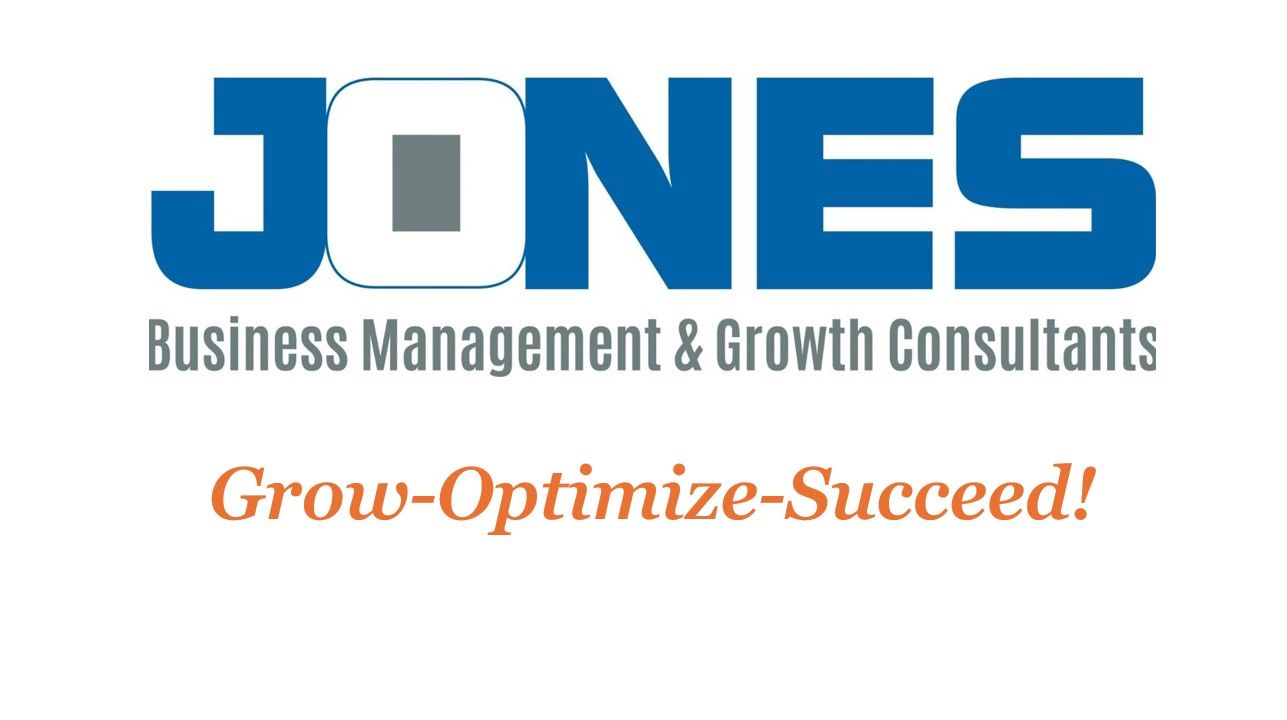Owner to Leader: How to Build a Business That Grows Without You-Part 6
Maintaining Team Alignment Through Communication and Culture

Building a team that shares your vision and values is just the beginning. The real challenge is maintaining that alignment over time, especially as your business grows. Without regular communication and a strong culture, even the best teams can drift off course, leading to frustration, inefficiencies, and setbacks.
To keep your team aligned and motivated, you need to create an environment where your vision is clear, feedback flows freely, and every employee feels valued. This blog will show you how to use communication and culture to keep your team working together toward the same goals.
Why Alignment is Crucial for Success
When your team is aligned with your vision and values, you get:
- Consistency: Everyone understands the goals and standards, leading to consistent results.
- Engagement: Employees feel connected to the company’s mission, which boosts morale and productivity.
- Efficiency: A shared understanding reduces confusion, duplication of efforts, and costly mistakes.
- Growth: Alignment creates a foundation for scaling your business without losing quality or focus.
Without alignment, your team may work hard, but not always in the right direction. Miscommunication and competing priorities create friction that slows progress and causes frustration.
The Role of Communication in Team Alignment
Regular and intentional communication is the backbone of team alignment. It ensures that everyone understands the company’s vision, values, and goals and knows how their role contributes to the bigger picture.
1. Host Regular Team Meetings
- Weekly Huddles: Use these to review short-term goals, celebrate wins, and address immediate challenges.
- Monthly Check-Ins: Dive deeper into progress toward long-term goals and share updates on company initiatives.
- Vision Refreshers: Periodically remind your team of the company’s vision and values to keep them top of mind.
2. Create Feedback Loops
Encourage two-way communication by actively seeking feedback from your team. Ask questions like:
- “What’s working well in your role?”
- “What obstacles are you facing?”
- “How can we improve as a team?”
This not only helps you identify issues early but also shows your team that their opinions matter.
3. Communicate Expectations Clearly
Make sure every team member understands their responsibilities and how they contribute to the company’s success. Use tools like:
- Job Descriptions: Detailed outlines of duties and expectations.
- KPIs: Clear, measurable goals that track performance.
- Checklists and SOPs: Standardized processes that eliminate guesswork.
Building a Culture of Alignment
Culture isn’t something you can dictate—it’s something you create through actions, values, and reinforcement. A strong culture keeps your team motivated and aligned, even when you’re not watching.
1. Lead by Example
As the business owner, you set the tone for your company culture. Demonstrate the values you want your team to embody, whether that’s accountability, customer focus, or innovation.
2. Recognize and Reward Alignment
Celebrate employees who go above and beyond to uphold the company’s vision and values. Recognition can be as simple as a shoutout in a team meeting or as significant as a performance bonus.
3. Foster Collaboration
Encourage teamwork by creating opportunities for employees to work together on projects. This builds trust, improves communication, and reinforces shared goals.
Real-Life Example: Aligning Through Culture and Communication
Jessica, the owner of a cleaning service, realized her team was struggling with consistency and morale. She started holding weekly meetings to review progress and recognize top performers. She also implemented monthly one-on-ones to discuss individual goals and challenges.
Over time, her team became more cohesive, and their performance improved. Client satisfaction ratings went up, and turnover decreased. By prioritizing communication and culture, Jessica created a team that was motivated and aligned with her company’s mission.
Steps to Maintain Alignment Today
- Schedule your next team meeting and use it to discuss your company’s vision and goals.
- Create a system for recognizing employees who embody your values.
- Ask your team for feedback on how to improve communication and collaboration.
By consistently reinforcing alignment through communication and culture, you’ll create a team that not only meets expectations but exceeds them.
Is This Your Struggle? Let’s Talk
If this is an issue you are struggling with, I would like a chance to interview you for a program I am working on. This is not a sales call; this is market research. If you will give me 30 minutes of your time, when we conclude the call I would be happy to give you some free actionable steps you can use to help solve some of your issues. Schedule here: https://go.thryv.com/site/DanJonesConsulting/online-scheduling?service=0nafyomx1atct78q










